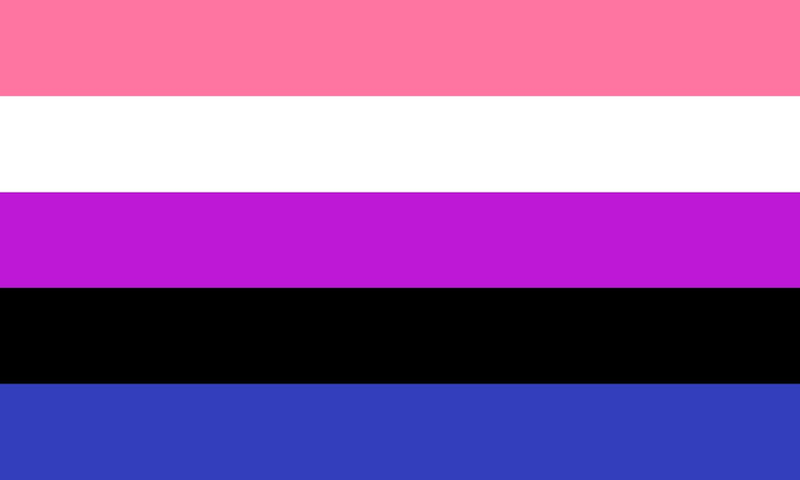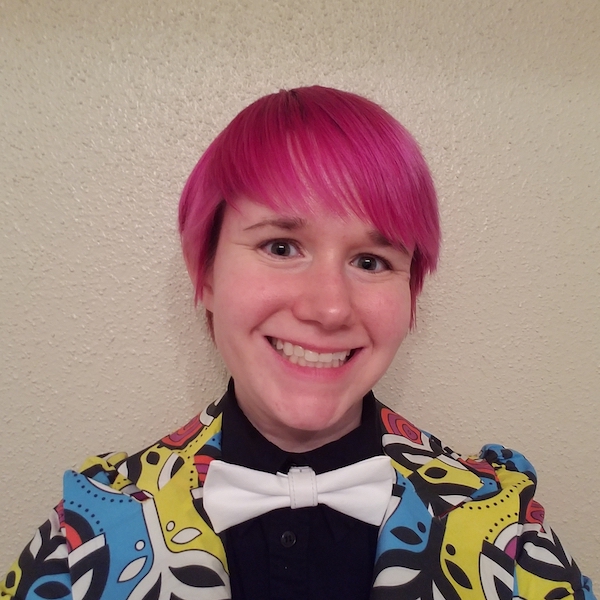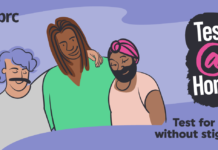
By Zanne Nilsson
Chances are you’ve heard the word “genderfluid” recently.
Maybe a friend or loved one came out to you as genderfluid, or you heard it mentioned in an article or on TV.
But no matter what brought you here: welcome! I’m glad you want to learn more about genderfluid people like me. You probably have a lot of questions right now, so I’m going to answer a few of the most common ones that non-genderfluid people have about this identity.
What is Genderfluid?
Genderfluid (or “gender fluid,” depending on what the person prefers) is a gender identity that falls outside the gender binary. Under the gender binary model, a person can only be male or female. But there are a lot of gender identities that don’t fit this model; they’re called “nonbinary” identities.
There are a lot of different nonbinary genders that people identify as those which cover a whole range of different experiences. Some nonbinary people have a gender that stays the same all the time, like a solid, but genderfluid people experience gender as something that’s constantly moving and changing, like a fluid.
My gender is always in flux. Sometimes I feel like a woman, other times I feel like a man, or I feel like both, or neither, or something in between, or something completely different. Genderfluid is the word that best fits my experience.
Why name your gender at all? Aren’t labels bad/confining?
A lot of people seem to have the opinion that defining your identity is “boxing yourself in” to certain definitions.
In my experience, these tend to be people who don’t need to self-identify because they already fit their culture’s norms or people who have felt constricted by their culture’s expectations based on their identity and would rather be themselves, regardless of labels.
And that’s fine. Nobody has to label themselves if they don’t want to!
However, I find that having a name for my gender identity is liberating and empowering. It shows that there are other people out there who share my feelings and experiences. It helps me find those people so we can help, support, and validate each other. It shows that I’m not “broken”. And as anyone who’s ever felt that way can tell you, realizing you’re not broken is one of the greatest feelings in the world.
Is genderfluid a new thing?
This is an interesting question and I understand where it comes from. A lot of people only started hearing the word “genderfluid” recently, which can lead to the assumption that gender fluidity is new.
But in reality, it’s not. The term “genderfluid” itself has been used since at least the 1990s, but people who experience fluid gender have probably been around for much longer.
The problem is that it’s hard to prove. There may have been genderfluid people before “genderfluid” was a word, but since the word didn’t exist, they couldn’t use it to identify themselves. Even now, there are some people with fluid genders who use other terms to describe themselves.
Forcing the term onto someone who didn’t use it (or chooses not to use it) is a terrible thing to do. It erases someone else’s experiences, history, and culture for the sake of proving a point. We can’t build our own history by tearing down someone else’s.
Only the person whose identity is being named is allowed to name it. For that reason, I can’t in good conscience try to prove that genderfluid people existed before the word did.
But I will say this: the word didn’t appear out of thin air. It must have been created by someone who experienced a fluid gender – possibly for a long time – and created a word to define themselves better than existing words did. And as more and more people heard the word, they realized it fit their identities too. The word was created to describe the identity, not the other way around.
So it’s possible that people with fluid genders have been around a long time. They just didn’t call themselves “genderfluid.”
Still confused?
That’s okay! Gender fluidity can be a little complicated. Just keep an open mind and keep trying to educate yourself. There are a lot of great sources out there about nonbinary genders if you just look around. I’ve found the Nonbinary Wiki is a good place to start.
Even if you don’t understand gender fluidity yet, be as kind as you can to genderfluid people. We just want to be treated with basic respect – the same way everybody else does.

Header image source





